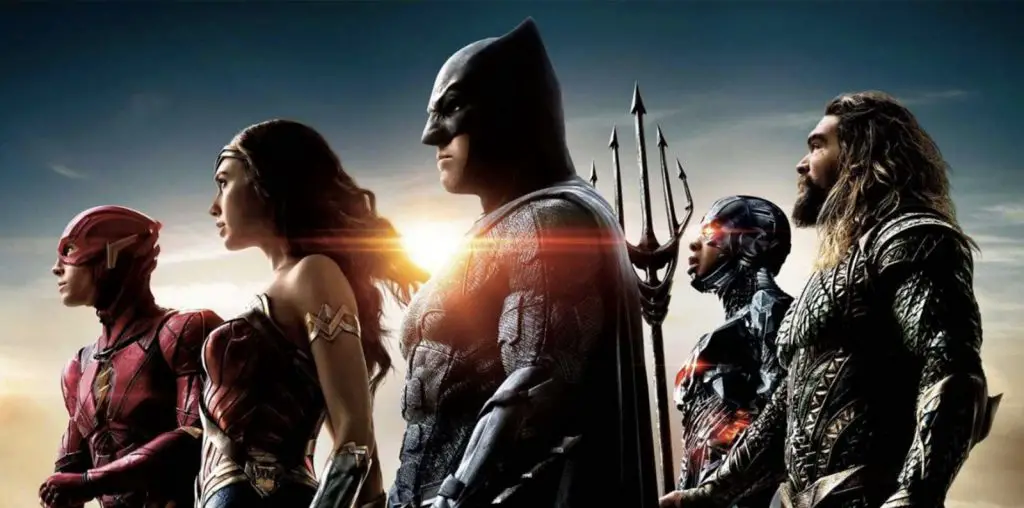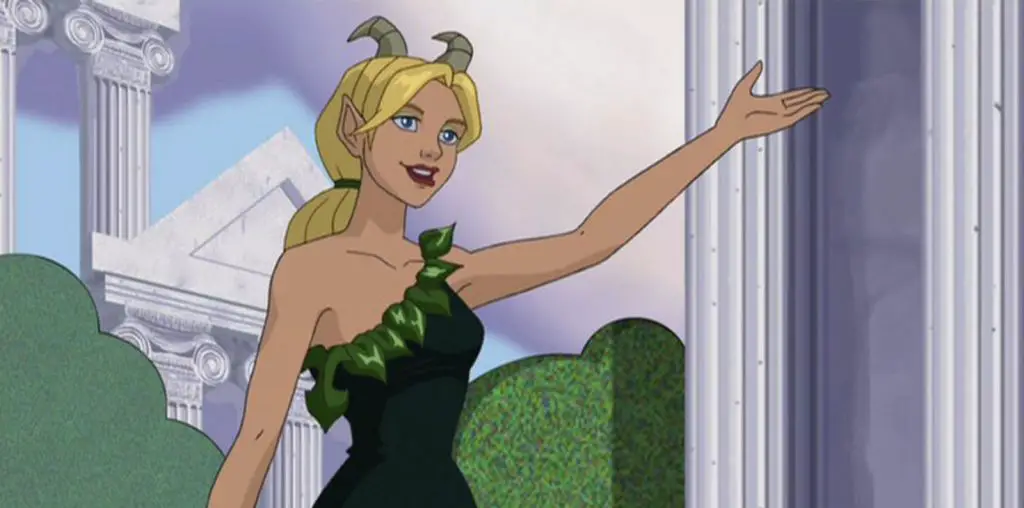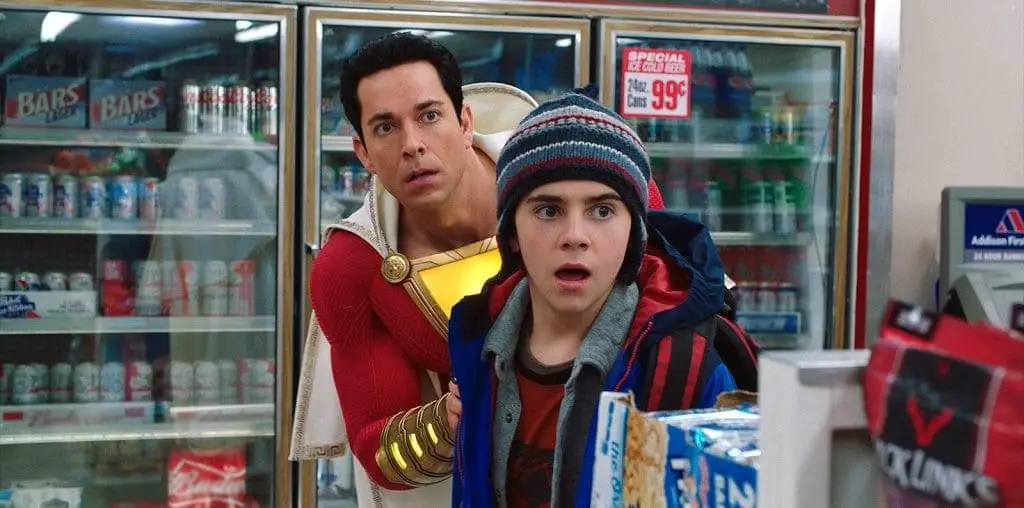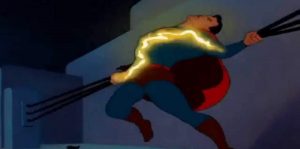
The first appearance of DC Comics’ Superman on the silver screen occurred in 1941. It was a series of seventeen animated shorts that played before the main feature film; a common practice “back when I was a kid.” The series was produced by the famed Fleischer Studios (and later Famous Studios) for Paramount Pictures and presented in beautiful Technicolor.
When you watch each ten-minute short, the opening title of Superman gives a brief explanation of Krypton. It then starts us right into the action as the titular hero (Bud Collyer) protects the city of Metropolis as well as the adventure-seeking journalist Lois Lane (Joan Alexander). All the while, Superman must protect his identity as Clark Kent.
What dangers face the vulnerable city of Metropolis? Of course, no crime is too small as Superman takes on typical mob bosses and gangsters with deadly weapons, like the “bullet car.” But a superman must face supervillains. Episode one opens with an evil scientist and his laser beam that can take down any Metropolis high rise. Superman’s powers allow him to punch a laser beam. Then the Man of Steel fights off an army of robots, a frozen dinosaur, and a giant circus gorilla.
When Famous Studios takes over, Superman’s world opens a bit as Clark solves the murder of a famed Egyptologist, while defeating a mummy at the same time. He then gets involved in World War II and takes on a Nazi commander who interferes in a celebration of aboriginal warriors deep in Africa.
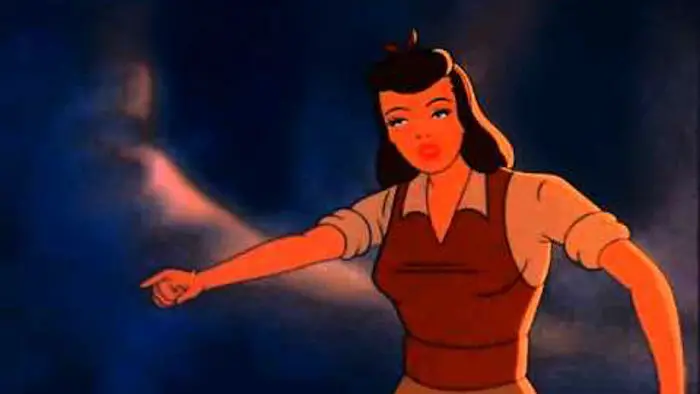
“…the Man of Steel fights off an army of robots, a frozen dinosaur, and a giant circus gorilla.”
At this point in time, Superman comics were four years old. DC had a clear hit on their hands, and the idea of a guy who was “faster than a speeding bullet, more powerful than a locomotive, able to leap tall buildings in a single bound” lent itself perfectly to animation.
With Walt Disney’s Snow White released four years prior, Fleischer incorporates many of those animation techniques, such as painted backgrounds and rotoscoping human action. The motions are fluid, lifelike, and have an occasional flair for the dramatic. The animators successfully imagined on paper Superman’s flying, super strength, and other exaggerated extraordinary movements, giving us motion and movement far greater than the limited-animation techniques of the past fifty years.
Ten minutes is not a lot of time to tell a story. Most of the shorts get right to the action with minimal set-up. In the second short, The Mechanical Monsters, only one scene is needed to establish an evil scientist and his army of robots planning to steal gems from a museum. But who really wants a complicated tale? I just want to see Superman fight robots.
Superman relies on the fact that audiences already know everything about Superman and his backstory and alter ego. There is really no development between Lois and Clark and very little with his secret identity other than Clark’s confession of “I must have fainted” to excuse his disappearance when danger arrives.
Sure, the plots are not sophisticated, nor do they ever break the surface of a Zach Snyder deep dive into the all-powerful Kryptonian alien. The appeal of these short films is sitting back and watching our beloved superhero punching and flying his way to victory. At the same time, fans of animation will “marvel” at the painstaking process to created ten minutes of beautiful animation of the 40s. Visually, Superman is still superior to the television animation of today.
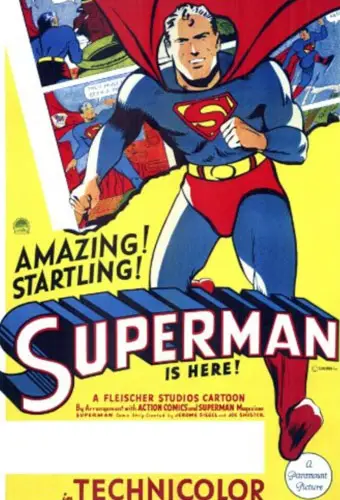
"…who really wants a complicated tale? I just want to see Superman fight robots."
